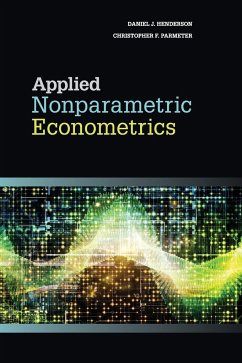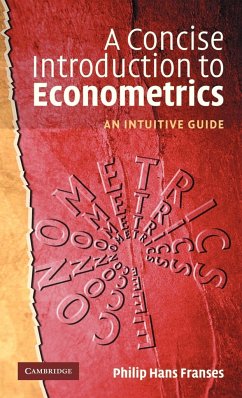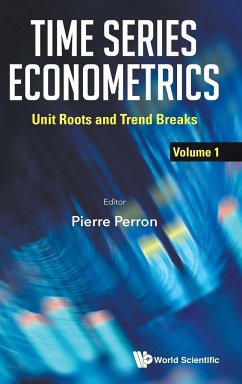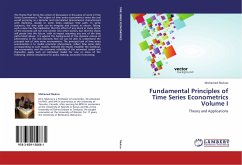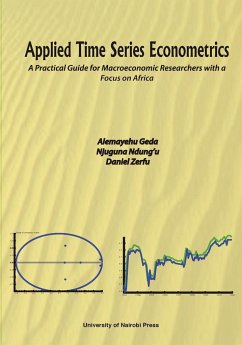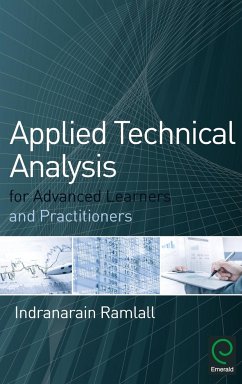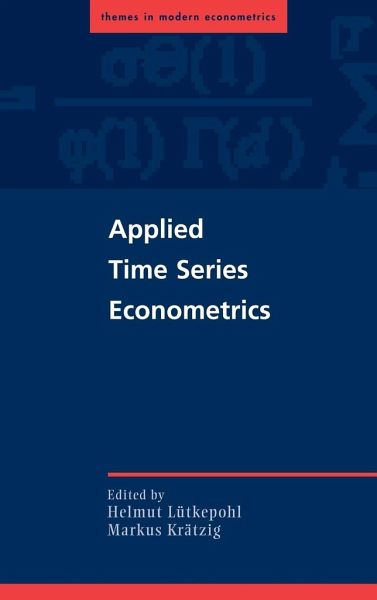
Applied Time Series Econometrics
Versandkostenfrei!
Versandfertig in 1-2 Wochen
127,99 €
inkl. MwSt.
Weitere Ausgaben:

PAYBACK Punkte
64 °P sammeln!
Time series econometrics is used for predicting future developments of variables of interest such as economic growth, stock market volatility or interest rates. A model has to be constructed, accordingly, to describe the data generation process and to estimate its parameters. Modern tools to accomplish these tasks are provided in this volume, which also demonstrates by example how the tools can be applied.





